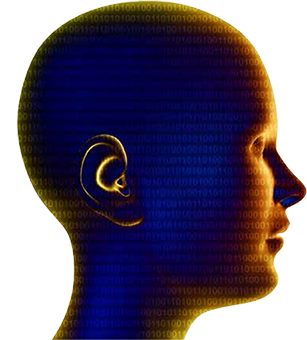Creating an accurate digital twin of a human user for realistic modeling and simulation
Multibody system simulation using biomechanical human body models in RecurDyn
Newsletter EnginSoft Year 16 n°1
By Valentin Keppler | Biomotion Solutions


Recent applications of digital twins have been used either in a purely technological context (for machines or vehicles), or in purely medical contexts (e.g. in understanding cardiovascular disease).
One school of thought is convinced it is necessary to bring these two parts together by including a digital twin of the user, driver or operator in the technological or medical CAE analysis.
This technical article describes a human body model (HBM) wizard developed for RecurDyn and discusses what is already possible and what is in the development pipeline for the near future. Biomotion Solutions provides software to quickly build HBMs in industrial-grade simulation packages.
Read the articleCASE STUDY
The text provides an in-depth account of Stefano Odorizzi’s journey in founding and growing EnginSoft, our engineering company specializing in computer simulation and modelling. Established in 1984, EnginSoft overcame early challenges, such as the high cost of computing, to emerge as a leader in simulation services, particularly in the fields of mechanical engineering and computational fluid dynamics (CFD). The narrative highlights several key milestones in the company’s history.
cfd metal-process-simulation industry4 news mechanics optimization
CASE STUDY
The article describes a study on the behaviour of a vertical-axis washing machine's hydraulic balancer, which is a critical component that helps to balance the load during the spinning phase of the washing cycle. The study was conducted by SPM, a company that specializes in dynamic analysis, to confirm a hypothesis that the flexibility of the tub was causing the imbalance and to validate a proposed modification to stiffen the structure.
appliances particleworks recurdyn multibody cfd